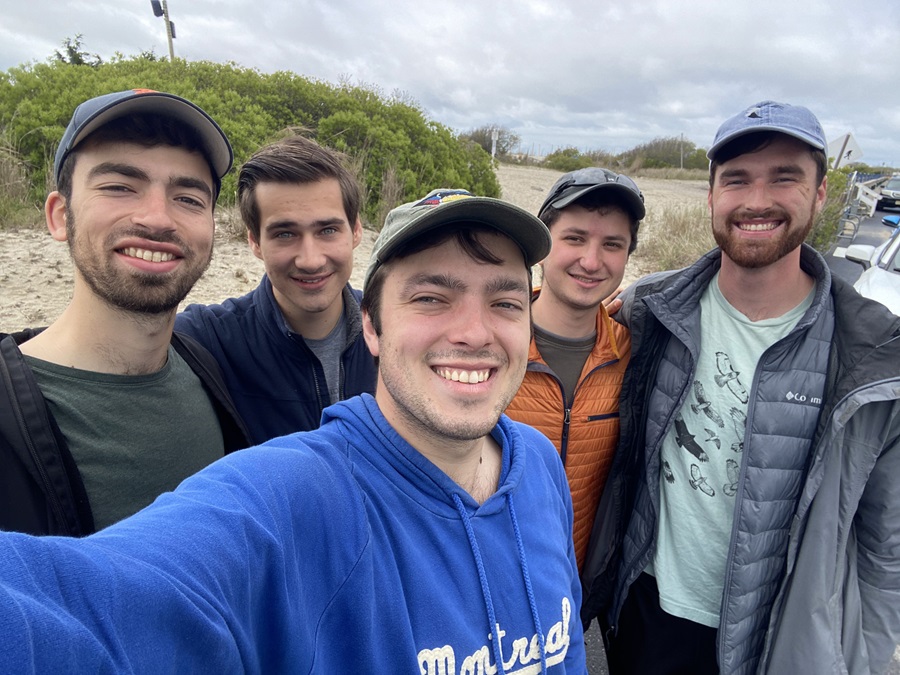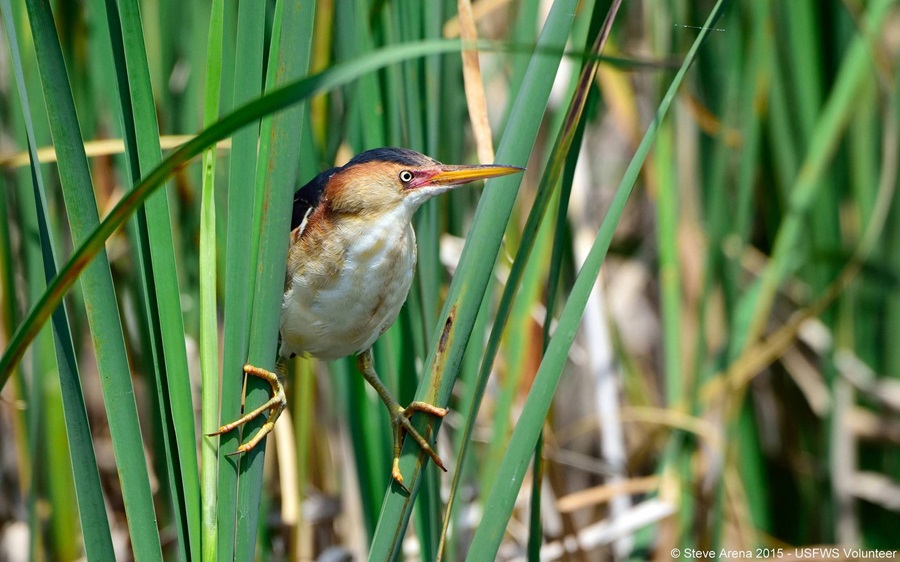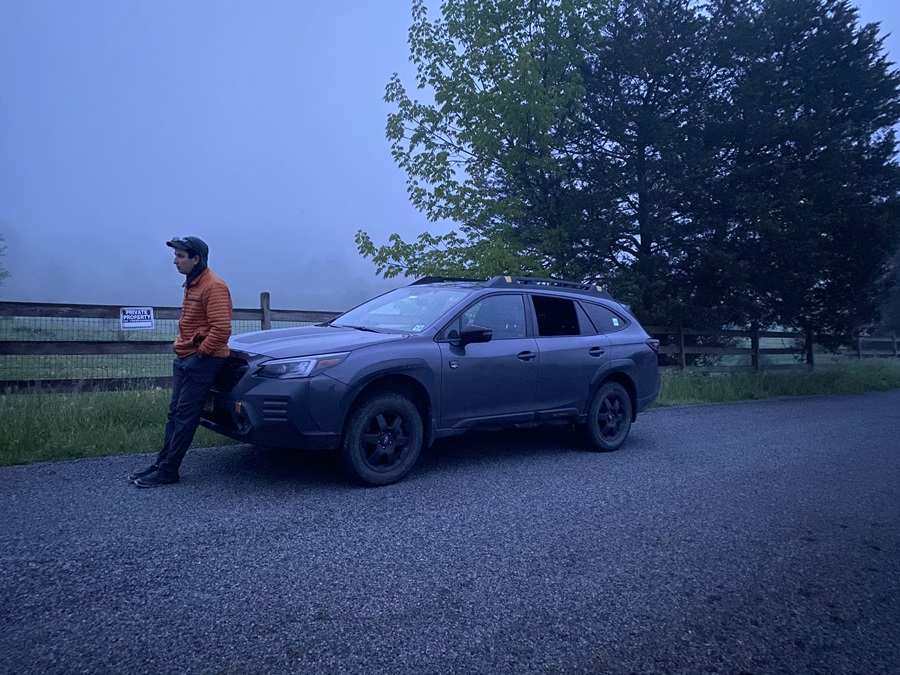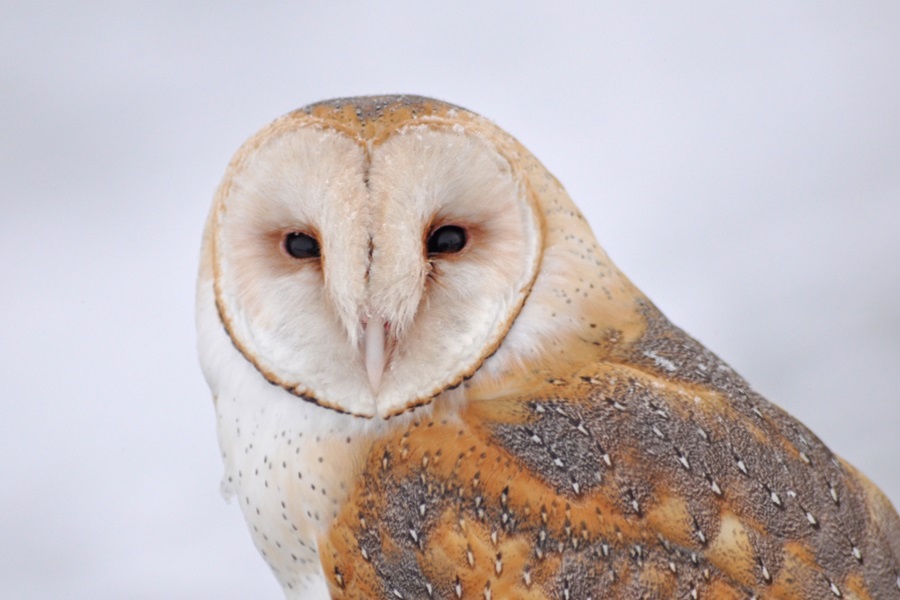“Competitive birding” sounds like an oxymoron. People think of birding as a deeply personal hobby. It’s supposed to be about one’s connection with nature and desire to know one’s place in the world — things that are entirely unsuited to a competition. You might as well practice competitive meditation or competitive sunset enjoyment.
But competitive birding is real, and in the Eastern U.S., the biggest event is the World Series of Birding, held each year on the second Saturday of May. The objective is simple: you and your team have 24 hours to see or hear as many species as possible within the state of New Jersey.
This isn’t something that people do on a whim. It takes weeks of planning to stand a chance at winning.
I have wanted to take part since I was a kid, and this year, I finally had the chance. My friend Andrew Marden was putting together a team, and he wanted me to join.

During the week before, my teammates scouted birds all around the state, identifying areas that could be good for finding our target species and going there to pinpoint those birds’ locations. In many ways, scouting is the real effort. Once the competition begins, you’re just scooping up the species you’ve scouted as quickly as possible.
On the day before the contest, I looked for birds in the Newark area and found some lingering winter waterfowl, which would be great species to get on the big day.
On Friday night, with scouting done, we all gathered at Andrew’s house to plot out our route. Our goal was to find 200 species. To reach that, we would have to plan down to the minute. Some spots were allocated only two or three minutes for finding birds. We were competing against 11 other teams, all formidable opponents, so we had to stay on track.
We slept little in the day leading up to the competition’s start, but as we drove to our starting point, with the clock ticking down to midnight, we were too excited to be tired.
Friday, 11:55 p.m.: We start our route at Wallkill River National Wildlife Refuge in northern New Jersey, targeting rare marsh birds that are easier to find at night when they’re calling. The walk out to the marsh is cold. We listen and wait for the clock to roll over to midnight. A solitary sandpiper whistles its squealed tu-tu. A Wilson’s snipe calls from the distance. Neither counts yet.

Saturday, 12:00 a.m.: A least bittern, an elusive marsh heron, calls from behind us. It’s our first bird, and a great one at that. A few minutes later, a barred owl starts hooting. Then that solitary sandpiper whistles as it flies away. But no snipe. Half an hour later, we leave, hoping we’ll pick up more marsh birds elsewhere.
2:30 a.m.: We pull into the Veterans’ Memorial Park parking lot in Vernon Township and a cop follows close behind. He asks us what we’re doing. As we explain, another officer arrives and asks the same question. The first officer realizes he’d met my teammate Ben Hack here during last year’s competition. They leave us to our birding.
We walk to a bridge to listen for the uncommon American bittern. A car approaches. Police lights come on. Here we are again: “What are you guys up to?”
The aurora glows overhead.
5:10 a.m.: As the first light breaks on a foggy farm field in Wantage, the dawn chorus begins. We wait at the side of the road for a white-crowned sparrow to sing. Another team’s car appears and screeches to a halt; a carful of people fling themselves out, then stand stock still, waiting. It sings, and everyone on the other team nods. They launch themselves back into the car and take off. My teammates heard it, but I didn’t, so we stay put, waiting for it to sing again.
It doesn’t. We move on. When only part of the team hears a bird, it counts, but only as a “dirty bird,” and you’re only allowed a handful of those.

5:50 a.m.: The sleepy nighttime pace is over. The next three hours are prime time for birdsong, so getting as many birds as possible now is crucial. It will mean moving fast.
We arrive at Culver Lake, which attracts a lot of migrant songbirds. I stick my head out the sunroof while three teammates lean out of the windows, and Andrew drives. We cruise quietly, feeling the cool morning air, and rattling off the names of the birds we hear.
“Magnolia warbler!” somebody yells. “Got it,” everyone responds. We add it to our total.
“Eastern bluebird!” “Got it.”
“Scarlet tanager!” “Got it.”
We drive up to a roadside pine tree where two more teammates, Ryan Zucker and David Benvent, had a lingering ruby-crowned kinglet. It flies across the road into the tree. We drive off, elated.
6:35 a.m.: We arrive to listen at a site in Stokes State Forest where a winter wren had set up territory. It was the only site on our route with the bird. We wait for one minute, two, three. But we hear no singing. We leave, giving up on one bird for the chance at many more.
9:01 a.m.: Our last stop in North Jersey is a roadside patch of pines in Newfoundland. Our targets are golden-crowned kinglet and red-breasted nuthatch. A kinglet sounds off quickly, but the nuthatch is a no-show at first. In the World Series, you can’t use recorded birdsong to attract birds. So, Andrew busts out his nuthatch imitation, “ank-ank-ank.” A nuthatch responds. We laugh madly and sprint back to the car.
As we head in the direction of New York City, we get a score check: We’re at 117 species. A great pace.
11:05 a.m.: We arrive at the park I had scouted in Newark Bay. I had seen four birds here that we needed: red-throated loon, horned grebe, and two ducks known as greater scaup and bufflehead. We jump out of the car to scan the river. The loon and scaup are there, then the bufflehead and grebe appear, too. We run back into the car, and my teammates all high five me as we work our way south through the traffic around Newark.
We unwrap sandwiches and wolf them down as we drive. We’re too amped up to pause for a meal.

4:00 p.m.: The seawatching platform on Coral Avenue in Cape May is crawling with people. Three other teams are there, scanning the horizon with spotting scopes. The Cape May Bird Observatory’s official counters are handing out donuts. We rack up most of our targets quickly. By luck, we see a flock of purple sandpipers that lets us skip a future stop, giving us a little more time to work with.
We are 20 minutes ahead of schedule. We use them to look for a just-reported evening grosbeak, unsuccessfully, though we do get cedar waxwings, a bird that had eluded us until now.
7:30 p.m.: We finish finding a few key breeding birds like summer tanager and Carolina chickadee and head to the airport outside Millville to pick up a few grassland species we were missing. As we arrive, a horned lark sings.
“That was bird number 200,” announces Ben.
10:30 p.m.: The second night is cold and windy. We had gotten lucky, hearing a barn owl at dusk, but now the woods are eerily quiet, and we cannot for the life of us find a whip-poor-will. Stop after stop yields nothing. Exhaustion hits. I fall asleep standing up and dream that Andrew’s mom has turned into a whip-poor-will.
At stop number seven, we finally hear one singing. We move on.

11:45 p.m.: We’re at the last stop on our route, looking for a rare marsh bird called a king rail. The spot where it’s been seen is a mile from the road. We sprint there. My footfalls are heavy. I’m so spent, I feel sick.
With five minutes to go, we arrive at the marsh, the wind blowing strong. We all clap together to mimic the rail’s call. No response.
At midnight, our total is 205 species, five more than our goal.
“Gentlemen,” Andrew says. “It’s been an honor.”
When we arrive at the celebratory banquet on Sunday morning, the scores have been announced: we came in third, behind two teams that tied with 213.
The adrenaline of the competition has dissipated, and the mood is relaxed. Teams that yesterday shot each other death glares now chat about great bird watching spots and laugh about their mistakes. Two of my mentors, Louise Zemaitis and Michael O’Brien, pillars of the young birder world, are there. We hug and take photos together.
The funny thing about competitive birding is that it is carried out on the honor system. We have no way of confirming that those teams got 213 species, and they have no way of knowing we got 205. A system like this can work only if you have a strong, trusting community to start with. And a strong community requires awareness that this whole thing is just a game: the birds, and the joy of being with other people who love them, are the point.
But that doesn’t mean we’ll go easy next year.



